Symptoms of Sciatica Pain: How to Recognize and Manage
4 min read
By Docgenie , Published on - 20 January 2025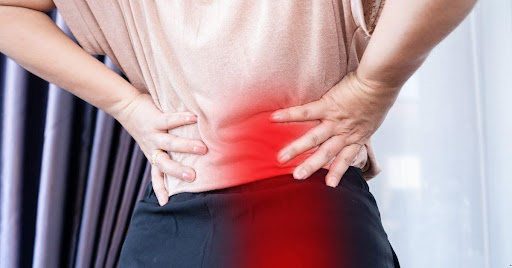 Sciatica is a common yet often misunderstood condition that affects millions of people worldwide. It occurs when the sciatic nerve—the largest nerve in the human body—is compressed or irritated, leading to pain that typically radiates from the lower back down through the legs. Recognizing the symptoms of sciatica early can help in effective treatment and long-term relief.
Sciatica is a common yet often misunderstood condition that affects millions of people worldwide. It occurs when the sciatic nerve—the largest nerve in the human body—is compressed or irritated, leading to pain that typically radiates from the lower back down through the legs. Recognizing the symptoms of sciatica early can help in effective treatment and long-term relief.In this guide, we’ll walk you through the key symptoms of sciatica, effective treatments, home remedies, and practical exercises that can help you manage and even cure the condition.
What Is Sciatica?
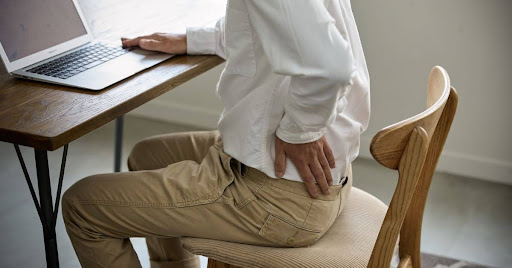 Sciatica is not a diagnosis in itself, but a symptom of an underlying condition that compresses the sciatic nerve. This nerve runs from the lower back (lumbar spine), through the buttocks, and down each leg.
Sciatica is not a diagnosis in itself, but a symptom of an underlying condition that compresses the sciatic nerve. This nerve runs from the lower back (lumbar spine), through the buttocks, and down each leg.Common causes include:
- Herniated disc
- Spinal stenosis
- Piriformis syndrome
- Degenerative disc disease
- Spondylolisthesis
- Tumors or injuries (rare)
What Are the Sciatica Pain Symptoms?
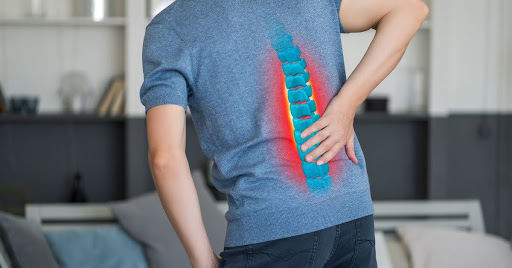 The hallmark symptom of sciatica is radiating pain that starts in the lower back or buttocks and travels down the back of the leg, sometimes reaching the foot.
The hallmark symptom of sciatica is radiating pain that starts in the lower back or buttocks and travels down the back of the leg, sometimes reaching the foot.Common sciatica symptoms:
- Sharp or burning lower back pain
- Pain that worsens when sitting or standing for long
- Tingling or "pins and needles" sensation
- Muscle weakness in the affected leg
- Numbness along the nerve path
- Difficulty moving the leg or foot
The pain usually affects only one side of the body but can be debilitating. In severe cases, it can lead to loss of bowel or bladder control, which requires immediate medical attention.
How to Cure Sciatica Permanently
Curing sciatica permanently depends on identifying and addressing the root cause. While some people recover with conservative treatment, others may require advanced care or even surgery.- Physical Therapy A tailored exercise program designed by a physical therapist can:
- Strengthen back and core muscles
- Improve posture
- Increase flexibility
- Prevent future flare-ups
- Medications Over-the-counter pain relievers such as ibuprofen or naproxen can reduce inflammation and discomfort. Muscle relaxants or nerve pain medications like gabapentin may also be prescribed.
- Hot and Cold Compresses Alternating between ice packs and heating pads can reduce inflammation and relax muscle tension.
- Lifestyle Changes
- Maintain a healthy weight
- Avoid prolonged sitting
- Use ergonomic furniture
- Practice good posture
- Injections Corticosteroid injections can relieve pain by reducing inflammation around the irritated nerve.
- Surgery Reserved for cases where conservative treatment fails or if there’s loss of function. Procedures like microdiscectomy or laminectomy may be recommended.
Sciatica Exercises in Bed
If you’re dealing with sciatic nerve pain, gentle stretching and mobility exercises in bed can offer relief, especially during flare-ups.Effective exercises to try in bed:
- Knee-to-Chest Stretch
- Lie on your back, bend one knee and gently pull it toward your chest.
- Hold for 20 seconds, then switch legs.
- Pelvic Tilt
- Lie on your back, knees bent, feet flat.
- Tighten your abdominal muscles and flatten your lower back against the bed.
- Hold for 10 seconds and release.
- Figure 4 Stretch
- Cross one ankle over the opposite knee.
- Pull the bottom thigh toward your chest.
- Great for relieving pressure on the piriformis muscle.
- Hamstring Stretch
- Lie on your back and extend one leg toward the ceiling.
- Hold the thigh or calf and gently stretch.
Tip: these exercises slowly, focusing on your breath. Stop if pain increases.
Best Sciatica Treatments: Medical and Alternative Options
There’s no one-size-fits-all cure for sciatica. Depending on the severity, a combination of treatments might be needed.Conventional Treatments:
- NSAIDs (anti-inflammatory drugs)
- Epidural steroid injections
- Physical therapy
- Surgery in severe cases
Alternative Treatments:
- Chiropractic care: Spinal adjustments to relieve nerve pressure
- Acupuncture: May help reduce pain perception
- Massage therapy: Relieves muscle tension and improves blood flow
- Yoga and stretching: Promotes flexibility and strengthens the spine
When to See a Sciatica Pain Doctor
It’s important to consult a doctor if:- The pain lasts more than a week
- Over-the-counter meds don’t help
- You feel numbness or muscle weakness
- Pain worsens when walking or sitting
- You experience sudden weight loss or fever with back pain
A sciatica pain doctor — typically a neurologist, orthopedic spine specialist, or pain management expert — will perform a physical exam, imaging (MRI or CT), and provide a treatment plan.
Sciatica Pain: What Makes It Worse?
Certain activities and habits can aggravate sciatica symptoms:- Prolonged sitting or driving
- Poor posture
- Lifting heavy objects improperly
- Twisting the spine suddenly
- Lack of physical activity
Addressing these risk factors is key to both recovery and prevention.
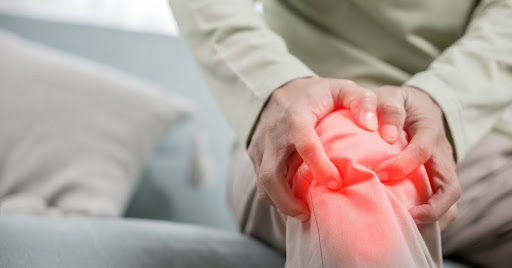
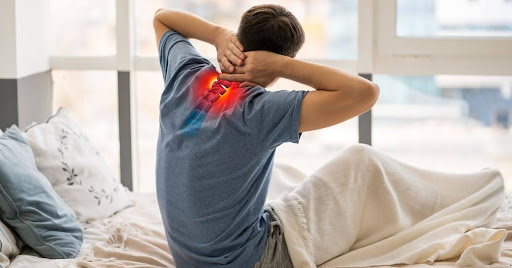
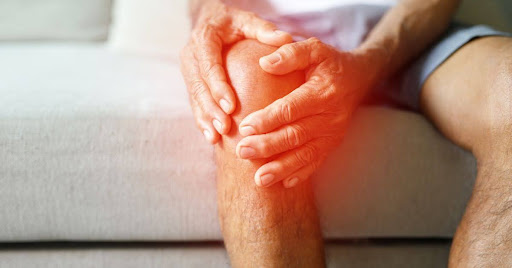

 Between 9am to 8pm
Between 9am to 8pm Whatsapp Message at
Whatsapp Message at support@docgenie.in
support@docgenie.in



